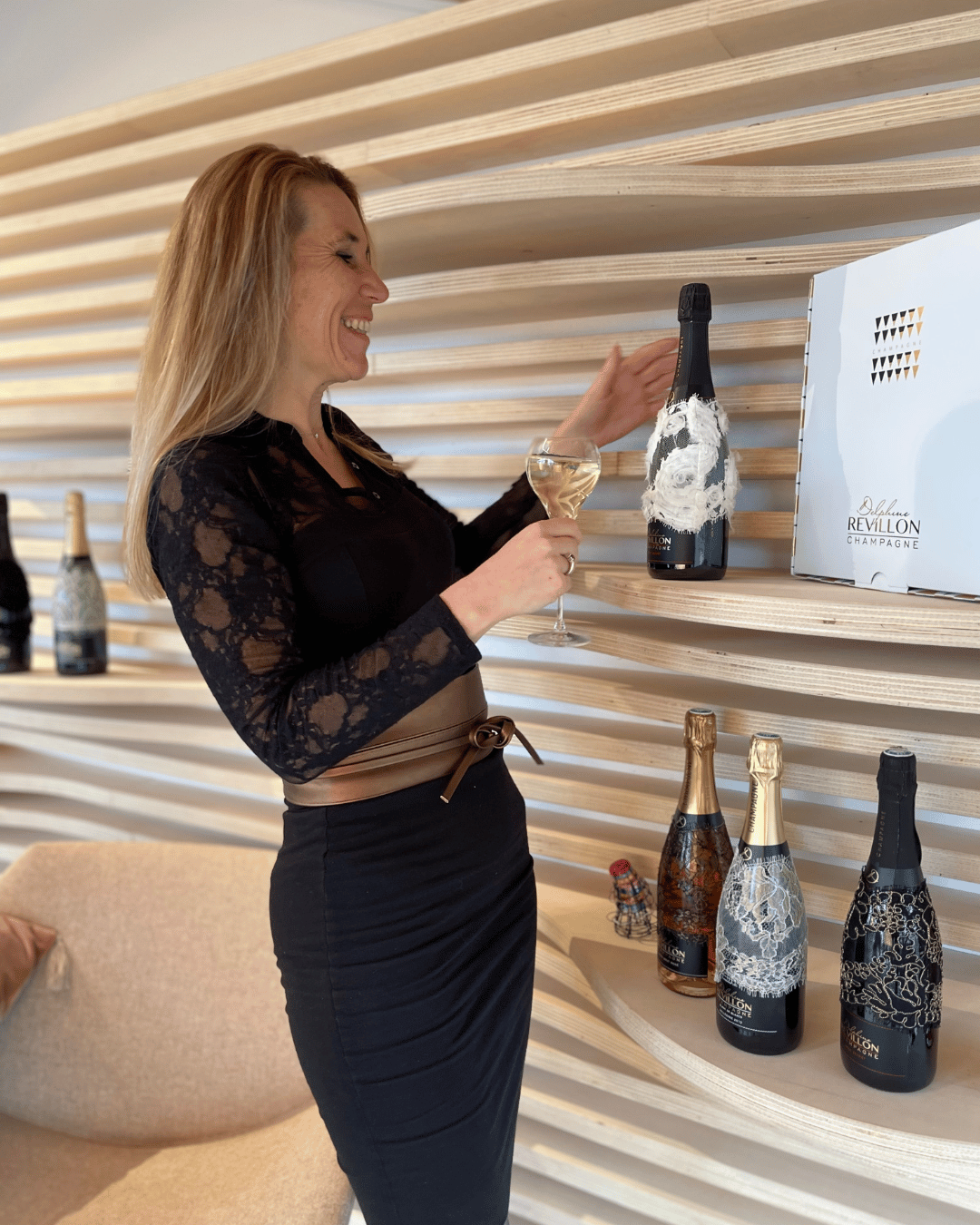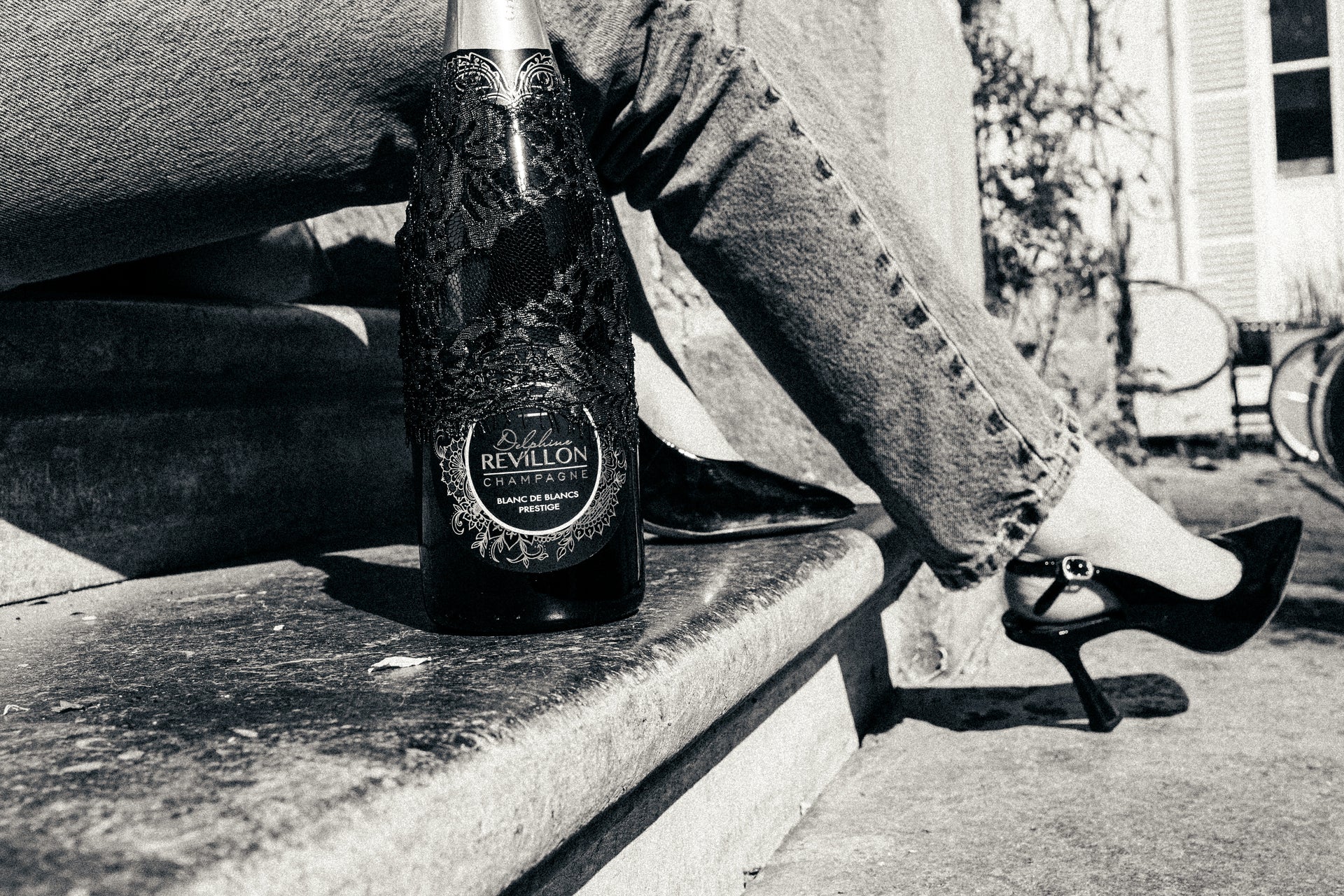
Les 12 secrets de la fabrication du champagne 🍾✨
Le champagne fascine. Vin prestigieux, admiré dans le monde entier, il nous intrigue toujours :
Qu'est-ce qui le rend si unique ? Quels sont les secrets de sa création ?
Explorons ensemble les 12 étapes clés de l'élaboration du Champagne.
Avant de commencer : trois essentiels à savoir sur le Champagne
- Le vrai champagne ne peut être produit que dans la région Champagne en France , à environ 1h30 au nord-est de Paris.
- Le champagne est officiellement reconnu et protégé dans plus de 121 pays . Le CIVC (Comité Interprofessionnel du Vin de Champagne) assure sa protection dans le monde entier.
- Une réglementation stricte impose un vieillissement minimum de 15 mois en cave pour les Champagnes Brut, et de 36 mois pour les cuvées Millésimées .
Les 12 étapes de l'élaboration du Champagne
- Récolte
En septembre, les raisins sont cueillis à la main. La date des vendanges est fixée par l'appellation, et non par les vignerons. - Pressage
Les raisins sont pressés délicatement et le jus est séparé par qualité : - Fermentation
La levure est ajoutée pour transformer le sucre en alcool.
Une seconde fermentation, dite malolactique (facultative), adoucit l'acidité et ajoute des arômes beurrés ou briochés. - Mélange
Le maître de chai assemble des vins tranquilles (sans bulles) issus de différents cépages, crus et années pour créer le style de la maison. - Tirage
Le vin est mis en bouteille avec une liqueur de tirage (vin + sucre + levure), entamant ainsi sa seconde vie. - Deuxième fermentation (Prise de mousse)
A l'intérieur de la bouteille, des bulles naissent naturellement lors de cette étape. - Élevage sur lies
Les bouteilles reposent au moins 15 mois (souvent beaucoup plus) dans des caves fraîches. Ce contact avec les lies ajoute complexité, équilibre et profondeur. - Remuage
Les bouteilles sont tournées progressivement pour amener le sédiment de levure dans le goulot de la bouteille. - Dégorgement
Le dépôt est éliminé. C'est pourquoi le champagne est toujours limpide, sans dépôt. - Dosage
Une petite quantité de sucre est ajoutée (voire pas du tout), définissant le style : Brut Nature, Extra Brut, Brut, Demi-Sec, etc. - bouchage
Un bouchon en liège naturel et un muselet ferment la bouteille. Le champagne continue d'évoluer et peut se bonifier avec le temps. - Habiller la bouteille
Enfin, la bouteille est complétée par son étiquette, son film et son col — la touche signature élégante.

En résumé
Le Champagne est un vin de patience et de précision.
👉 Plus il vieillit, plus les bulles sont fines et plus les arômes sont raffinés.
💡 Mon conseil : Choisissez des Champagnes ayant vieilli au moins 3 ans en cave pour des bulles plus délicates et des saveurs plus complexes.
N'oubliez pas : le savoir, comme le champagne, est fait pour être partagé et savouré. À bientôt pour une autre histoire pétillante ! 🥂
Nos Cuvées Signature
Champagnes bio, faible en dosage — pensées pour les femmes modernes. #BOIRE MIEUX



















